Introduction
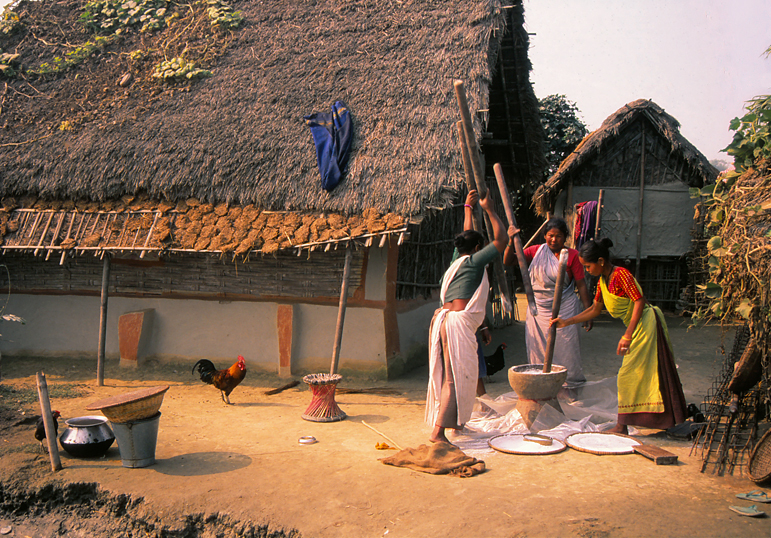
Tharu people are the indigenous people of the Terai of southern Nepal. There are various sub-groups of Tharus that are scattered all over the Terai belt of Nepal namely–Rana Tharu and Kathariya Tharu in Kailali and Kanchanpur, Sonha Tharu of Surkhet, Dangaura Tharu in western Terai Dang-Deukhuri, Banke, Bardia, Kailali, Kanchanpur, Rupandehi and Kapilvastu, Chitwan Tharu in Chitwan, Sindhuli and Nawalparasi, Kochila and Danuwar Tharu in eastern Terai and Lampucchwa Tharu in Morang and Sunsari district.
In addition, Tharus are residing in northern India adjacent to the Terai of Nepal. According to one scholar Al-Biruni, Tharu people have been living in eastern Terai since the 10th century. Rana Tharus of western Nepal associate themselves with the Thar Desert of India and consider themselves descendants of the Rajput family of Rajasthan. Some Tharu consider themselves to be the descendants of Gautama Buddha.
Art

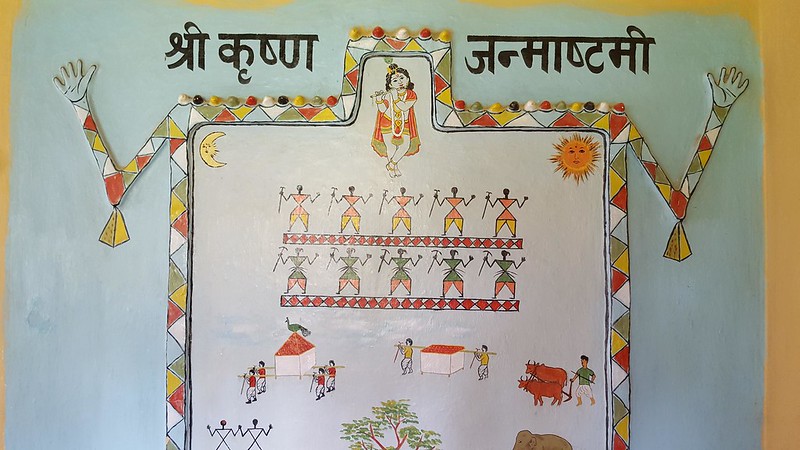
Tharu people are rich in art, crafts, and culture. Their art and craft, like their language and traditions, are distinct among their subgroups and are an integral part of their lives. كيف تلعب لعبة البوكر Tharu women decorate their everyday surroundings like Dhakiya, Machiya, Chhatari, Delawa, Moka, Arawa, Takha, and Medhito making their homes aesthetically pleasing by using various forms of art and craftsmanship. Tharu art is painted on walls at most Tharu huts which have similar techniques to that of fresco paintings.
However, Tharu has its unique motifs and their art is very much inclined toward nature. Tharu people paint elephants, lions, horses, peacocks, fish, snakes, flowers, and plants on their walls. كيفيه لعب البوكر They also paint similar paintings in large cotton sheets that are hung on the wall for decorative purposes. They also paint various deities such as Bhairava, Krishna, Rama, Pandava, Kaurava , and Astamatrika, in various festivals such as Astamika, Amausa, and Diwali. بيت ٣٦٥ The Kuhara clan of the Tharu community has established itself as a pioneer in terracotta (brownish-red clay) and pottery figurines.
Some Tharu people are also diligent in woodworking and make wooden sculptures of Ganesha, Astamatrika, Mahadeva, Brahma, and Vishnu. They also carve their doors, windows, dokawa, adhiya, dhokani, chatuwa, and dabilausing the Saal tree.
Ornaments

Just like other ethnic groups of Nepal. البينجو Tharu people too have their ornaments which are obviously unique and classic.
Head ornaments– Kilipha, Kanta, Phulara Choti, Maniya, Senura, Tikuli, Dhari, and Tikka are worn by Tharu women on their foreheads.
Nose ornaments– Phophi, Phuliya, Nathiya, Nathuni, Nasaaandkhila are worn on the left side of the nose.

Ear ornaments-Taraki, Sikadi, Sidhari, Lari, Tappa, Jhumka, Laheka, Tarki, Aerana and Bichakani are worn on the ears.
Neck ornaments-Sutiya,Thumari, Rupayakamala, Chaukimala, Hara, Sitahara, Chandrahara, Sikadi and Mudiyamalaare worn on the neck.
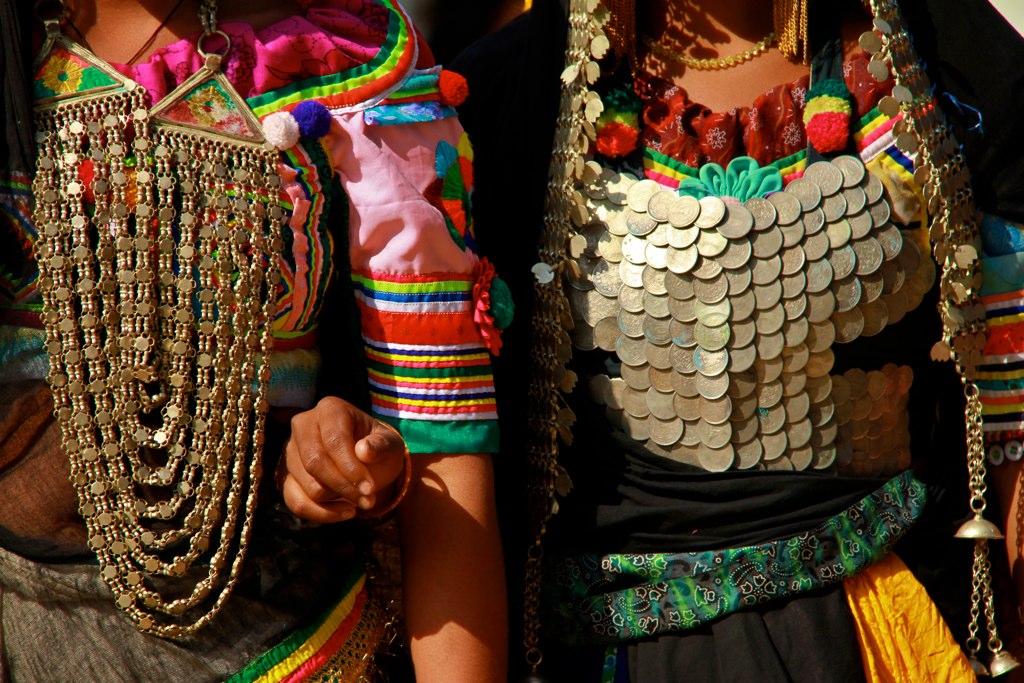
Hand ornaments-Baju, Churiya, Bahotta, Kanna, Tediya, Lahathi, Churiya, Josana,Pahunchi,Agela, Pacchela, Chhaniya, Rupayaka, Bahulla and Saloni.
Tattoos
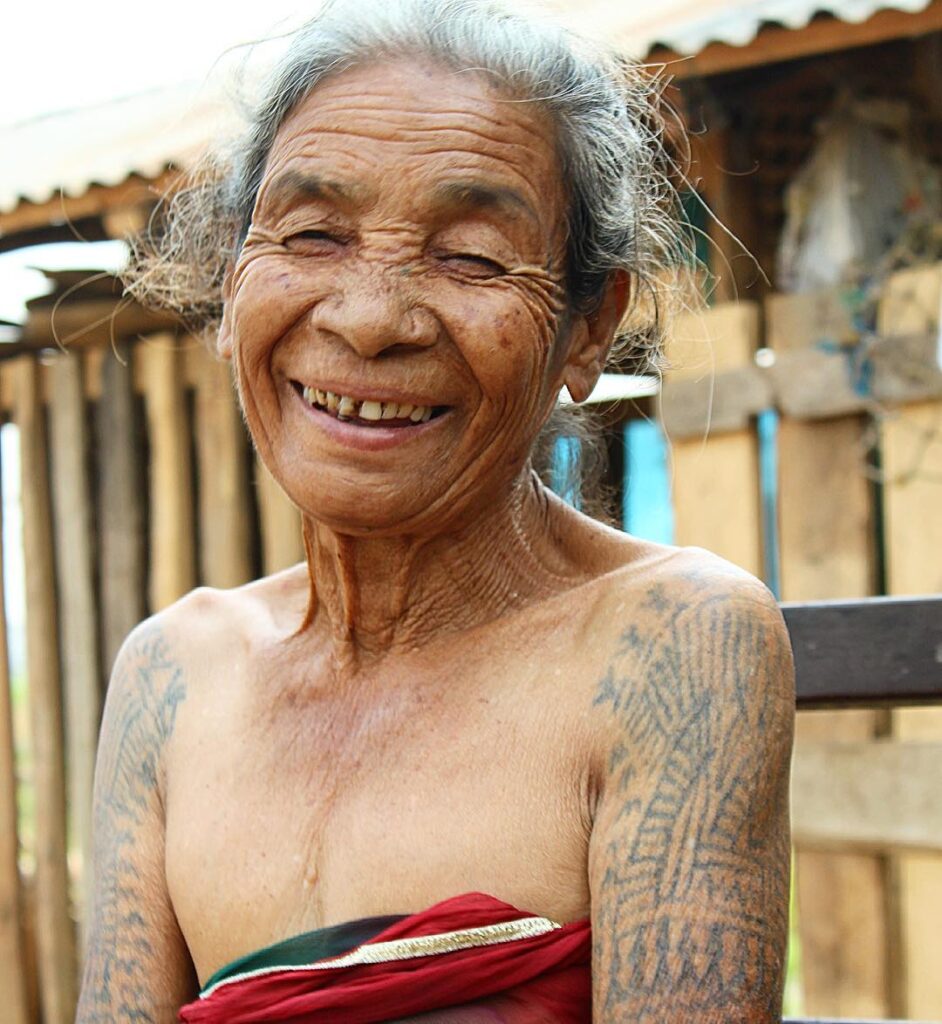
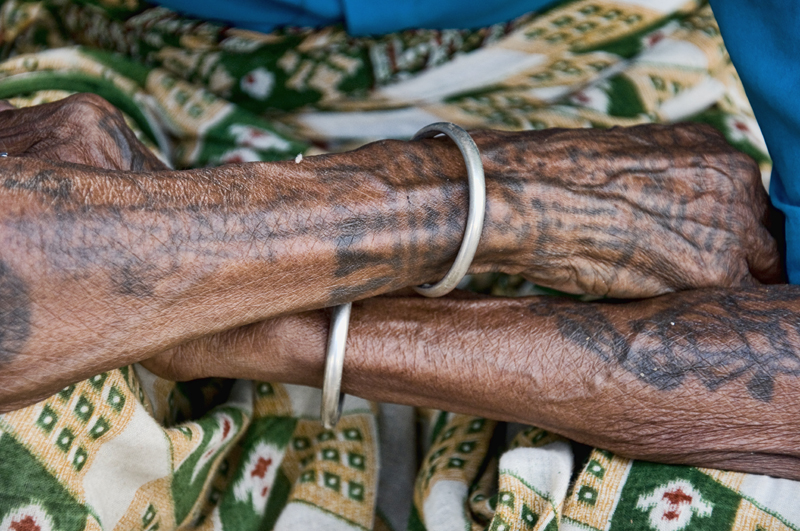
Traditionally called “Khodna” or “Godana” are the tattoos worn by Tharu women on their hands, thighs, legs, chest, and backs to symbolize the beauty of nature.
Tattoos are usually done by women tattooists called “Tikaniya”. Tharu women believe tattoos go with them to the other dimension and consider tattoos as their property and gifts to the deceased after their death. They also take tattoos as permanent jewelry that can’t be stolen.
Tattoos of the Tharu culture are inspired by nature. Various motifs are used ranging from simple motifs such as lines, dots, and crosses to birds such as Peacock, Mejoor, and various other elements of nature. مراهنات كرة قدم Tattooing is done with the black ink obtained from the soot of the mustard lamp.
Tikaniya makes use of sharp needles to prick the skin to mark traditional motifs on their skin which is a very painful process that sometimes results in the fainting of the person being tattooed.
In the earlier days, Godna was worn by all married women. However, many young girls these days are slowly stepping away from their tradition of wearing Godna. كازينو قطر
